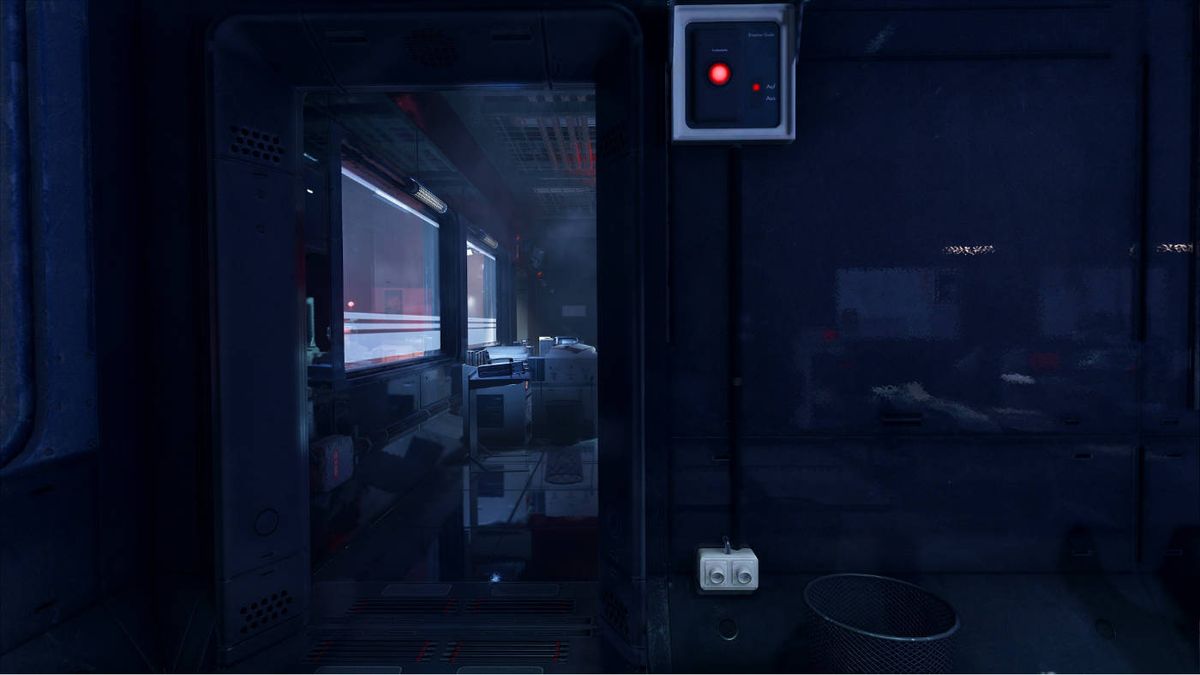Vulkan ray tracing is ready for use in games, promising potential performance boosts
Nifty trick up the sleeve is the CPU potentially helping out the GPU

Vulkan, an alternative graphics API to DirectX, now supports ray tracing for game developers, the Khronos Group announced with its official release of a new SDK (Software Development Kit).
SDK 1.2.162.0 comes with support for Vulkan ray tracing extensions (following the extension spec being finalized in November), and the Khronos Group notes that production drivers are now shipping from AMD and Nvidia.
- These are the games which already have ray tracing
- Check out the best processors
- Find the best Nvidia graphics card
This means developers will now be able to implement ray tracing in games using Vulkan, which is a low-overhead (fast-performing) API and an open standard which isn’t tied to any particular platform (DirectX is, of course, Microsoft’s invention, providing ray tracing via DXR).
The Khronos Group stated: “The Vulkan SDK now integrates all the components necessary for developers to easily use the new ray tracing extensions, such as new shader tool chains, without needing them to be built from multiple repositories, and supports ray tracing validation within the SDK validation layers.”
Hardware agnostic
Vulkan ray tracing is hardware agnostic, meaning you won’t need a graphics card with ray tracing hardware acceleration on board, such as an Nvidia RTX GPU. It’ll run on any graphics card at all, in other words, although exactly how it’ll run – and what it will do to your frame rate without help from dedicated ray tracing cores – is entirely another issue. After all, ray tracing can prove very demanding even with hardware acceleration.
Furthermore, Khronos has made sure that it’s easy to port DXR ray tracing code over to Vulkan, which is great for obvious reasons. Daniel Koch, Vulkan Ray Tracing TSG chair at Khronos (and a senior software engineer at Nvidia) commented: “We have achieved that through delivering a carefully designed superset of DXR, and integrating Vulkan Ray Tracing support in the DXC open source HLSL compiler.”
So, this is an important step forward for ray tracing in terms of wider availability for games in general, but also in terms of the potential performance boosts that the low-overhead Vulkan API can provide.
Get daily insight, inspiration and deals in your inbox
Sign up for breaking news, reviews, opinion, top tech deals, and more.
Indeed, as we’ve heard previously, Vulkan has some clever tricks to hand including the CPU potentially helping out the GPU, if the processor has power to spare when the graphics card is being pushed to the max by the demands of ray tracing. With games like the freshly released Cyberpunk 2077 making the potentially major strain of a full-on implementation of ray tracing clear for all to see, any extra leverage for better performance is obviously welcome.
As mentioned, production Vulkan drivers including the new ray tracing extensions are now shipping for AMD and Nvidia GPUs, and support will also be provided for Intel Xe-HPG (high-performance gaming) graphics cards when they come out theoretically in 2021.
As well as providing its new Game Ready Driver, Nvidia has already updated the Quake II RTX game demo to support Vulkan ray tracing, so you can give it a spin right now – complete with a benchmark facility that lets you see how fast it runs on your GPU.
- These are the best graphics cards you can buy
Darren is a freelancer writing news and features for TechRadar (and occasionally T3) across a broad range of computing topics including CPUs, GPUs, various other hardware, VPNs, antivirus and more. He has written about tech for the best part of three decades, and writes books in his spare time (his debut novel - 'I Know What You Did Last Supper' - was published by Hachette UK in 2013).
